The past five years have seen a rise in the number of venues accepting Flash Fiction as a short story form.
For those who’ve never written these gems, the concept seems both impertinent and difficult.
An average story consists of a beginning, middle and end/conclusion. It possesses an introduction of hook, characters, and setting.
The middle develops the problem/conflict facing the protagonist and the build-up for the climax.
The end/conclusion delivers the climax and satisfying final image or resolution.
It comes in a package containing 2500 to 5000 words or more.
Flash fiction, on the other hand, is different.
Make no mistake; flash fiction is its own genre.
Some in the publishing world attribute the creation of this genre to Ernest Hemingway.
That lauded writer made a habit of challenging others to tell a complete story in six or seven words.
Or so the story goes.
Even now on She Writes Social Network, one discussion group is dedicated to doing the six word story.
Writers contribute to that discussion only with their stories.
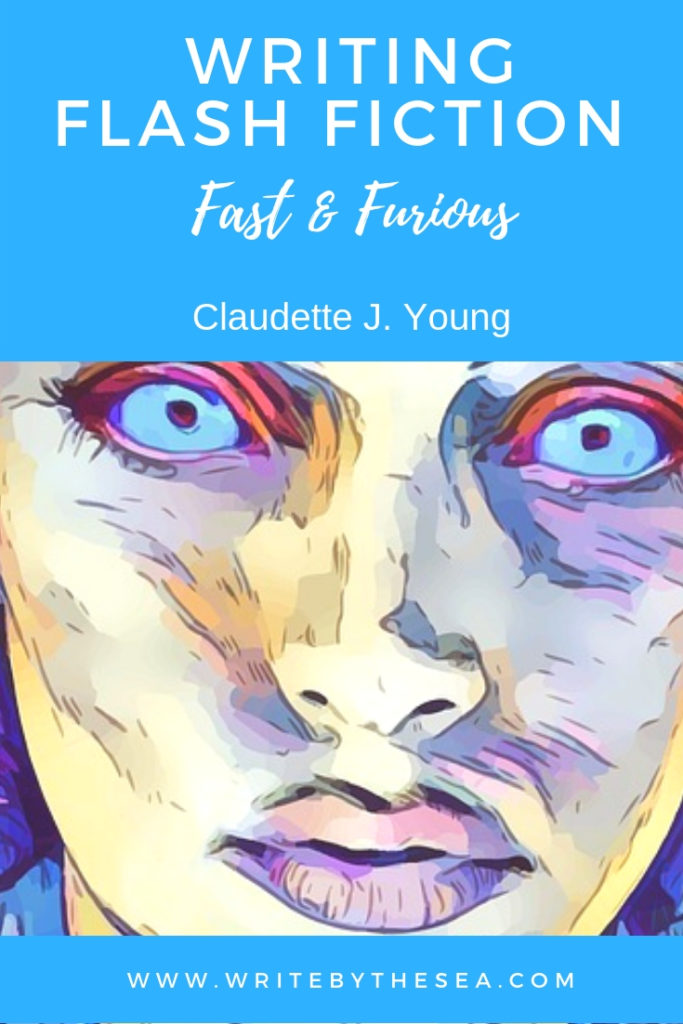
Here are some examples to tweak the mind.
1. Arctic cold devastated Arizona citrus crops. (Story = Protagonist—citrus growers, Setting—Arizona, Conflict—Arctic cold, Climax—devastated crops.)
2. Fatalities in Black Friday skyway collapse. (Story = Protagonist(s)—those killed, Setting—Shopping center w/skyway (assumed), conflict—too many people on skyway (assumed), Conclusion—fatalities.)
3. Divorced mother marries ex’s best man. (Story = Protagonist—divorced mother, Setting—assumed location (reader’s), Conflict—Marrying again, Conclusion—Marrying ex’s best man. This story plot could be lengthened and do well.)
Little stories with big impact
Most flash fiction for publication runs between two-hundred and fifty and one thousand words.
The average writer can pull off a rough draft in half an hour to two hours.
That’s not a huge amount of time.
Time needed for revision and editing depends on the writer.
There are some constraints, however, that need to be addressed.
To write effective flash fiction, one needs to follow a few guidelines.
1. Use few descriptors—the fewer descriptive words used, the shorter the story length.
2. Use only concrete verbs—specific. Concrete verbs can help deliver description without using adjectives.
3. Never use adverbs—they take up space and aren’t needed when using concrete verbs.
4. Use specific nouns (concrete)—specificity eliminates vagueness and reduces need for descriptors.
5. If you must use a descriptor, make it work hard—use only those adjectives which can create vividness and move the plot. (For example, if the heroine only wears various shades of red (carmine, alizarin, fire engine, et al) when she goes out of the house, use those adjectives to help signify her motives, emotional state, end goal, etc.)
6. The resolution should have a twist—create a zinger \at the end to surprise the reader.
If the writer follows these six guidelines for flash fiction, publishing the stories becomes much easier and readers will enjoy them more.
Publishing Flash Fiction
FF (flash fiction) allows for the inclusion of all other genres; Westerns, prose poetry, romance, sci-fi/fantasy, memoir, etc.
The good part is that markets abound for this form.
Poets & Writers Magazine, for instance, always has markets on its lists for short stories, many of them specifically for flash fiction.
Calls for submission go out on a semi-regular basis from editors of anthologies.
Gathering a few markets and beginning to experiment with story length can broaden your publishing horizon.
A simple Google search on Flash Fiction got this:
1. http://flashfictiononline.com/main/ – This is an online magazine specializing in flash fiction and takes unsolicited stories up to 1000 words.
2. http://flashfictionmagazine.com/ – This is also a specialty magazine which takes only flash fiction.
These three examples were found on the first page of my Google search, along with references to definitions, explanations, courses available and other information.
It took less than five minutes to get more than I can use in the next week.
Practice the Not-So-Easy Story Form
Constant practice hones skills, regardless of form.
Try your hand at doing one piece of FF per day.
It doesn’t have to be perfect.
You’ll want to leave it for a while before you go back to revise.
Give yourself an hour to work on it.
Set a timer to help focus your efforts.
You have nothing to lose by submitting these tiny stories for publication.
If you’re in a slump with your novel, create one of these little stories.
Then return to your long form, knowing that it doesn’t have the restrictions you’ve just practiced.
You might find that your writing becomes more precise, bolder, and smoother for the effort used on the shorter form.
Above all, allow Muse free rein.
You might be surprised at the fun you’ll have at the freedom in the writing.
You might also learn an appreciation for the clarity the writing develops.
Click here for more fiction articles
About Claudette J. Young
 Claudette J. Young has been writing and publishing since 2008. While working in multiple genres, she’s begun to concentrate on specific forms. Short forms, such as flash fiction, short stories, and poetry clutter her work space. Episodic series (of short stories/novelettes/novellas) have moved to the top of her hit parade and is where her energy is focused now.
Claudette J. Young has been writing and publishing since 2008. While working in multiple genres, she’s begun to concentrate on specific forms. Short forms, such as flash fiction, short stories, and poetry clutter her work space. Episodic series (of short stories/novelettes/novellas) have moved to the top of her hit parade and is where her energy is focused now.
Don’t forget to join our mailing list!
Just fill in your name and email address, below:
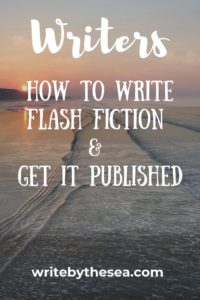

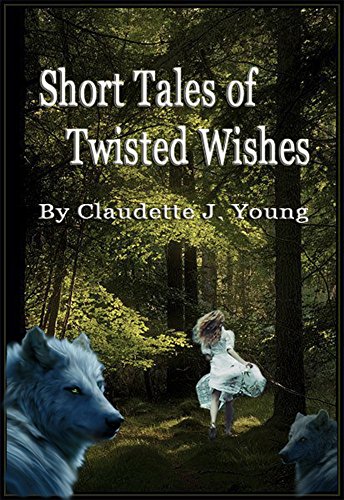



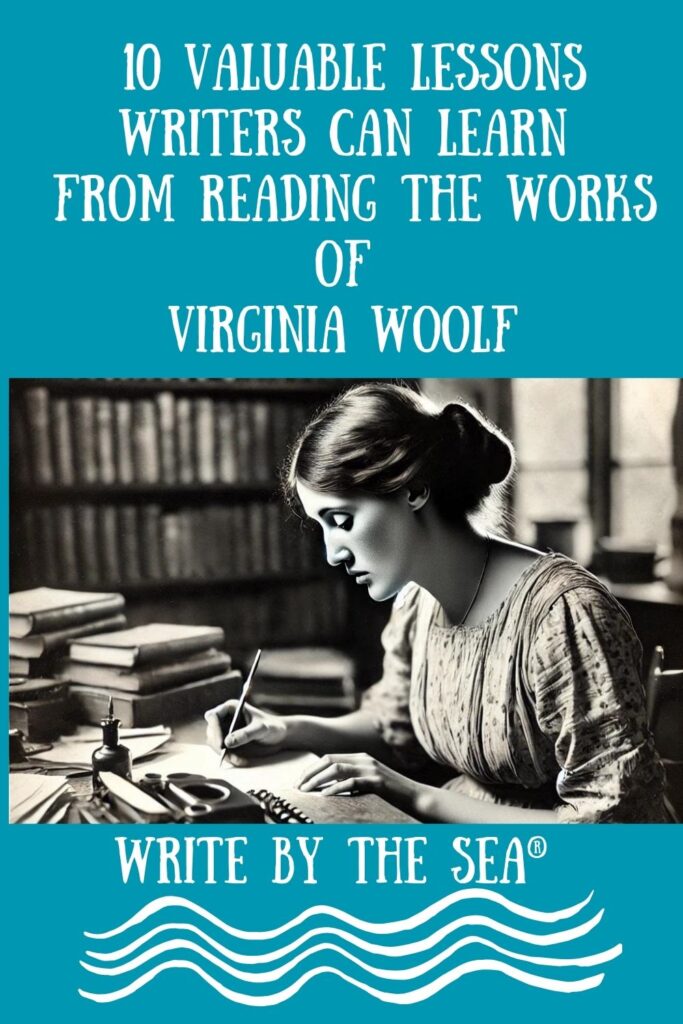

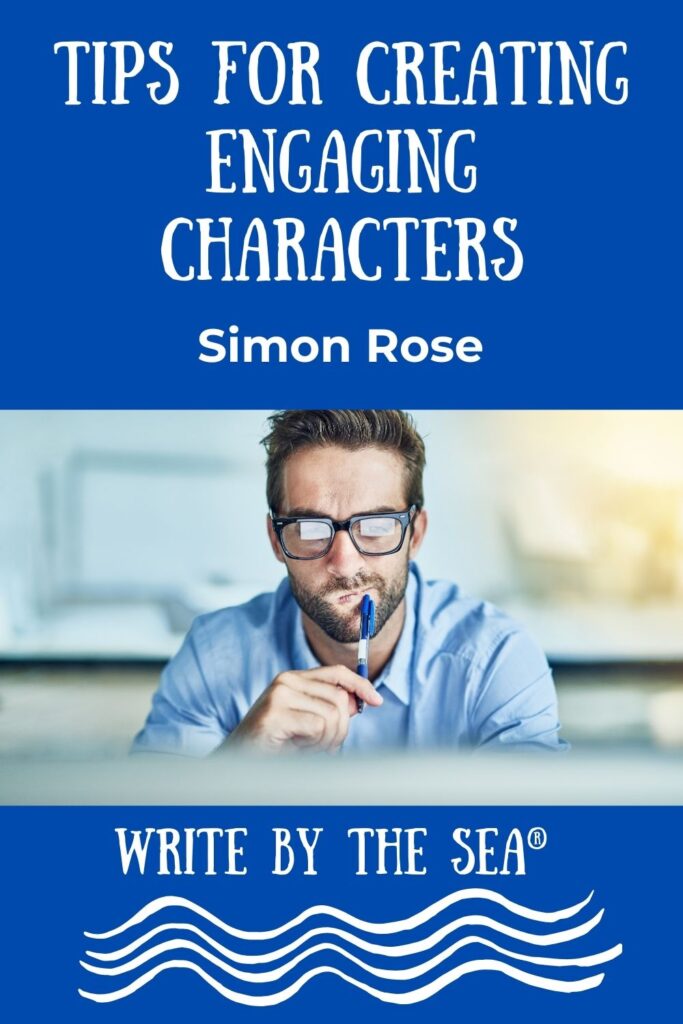
One Comment
Comments are closed.